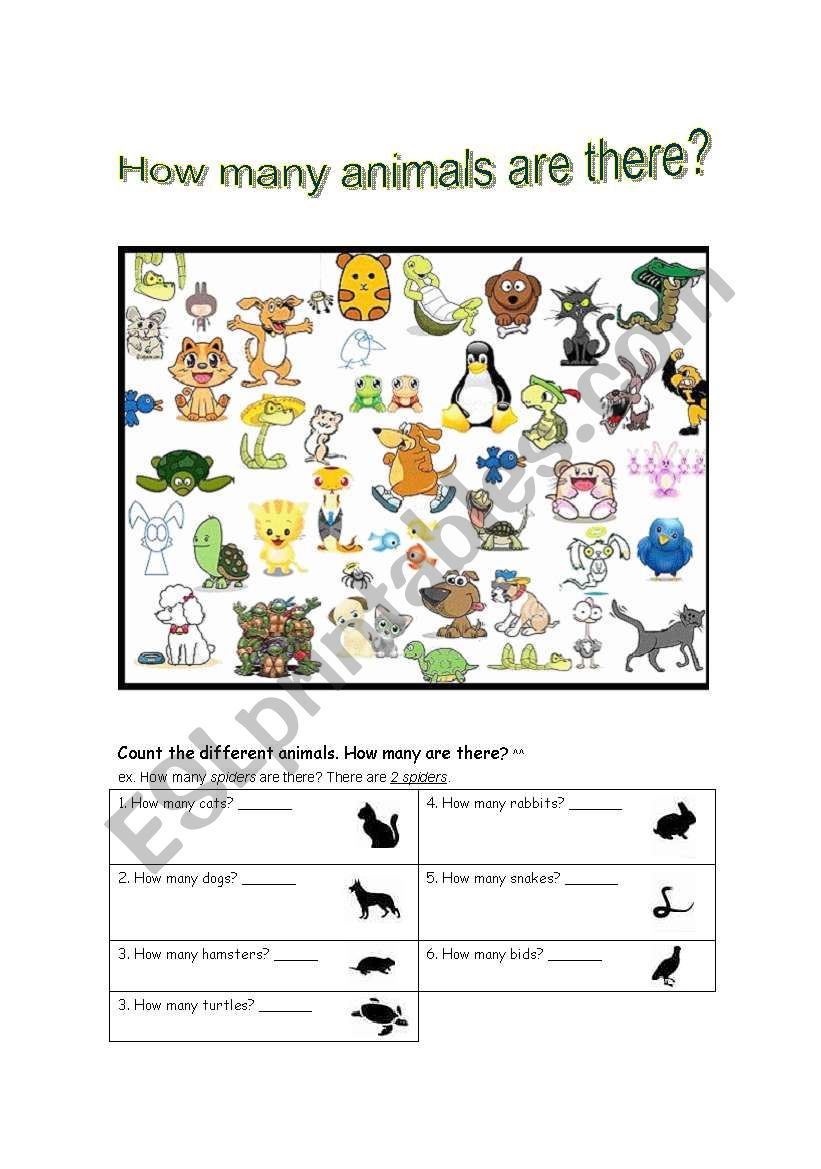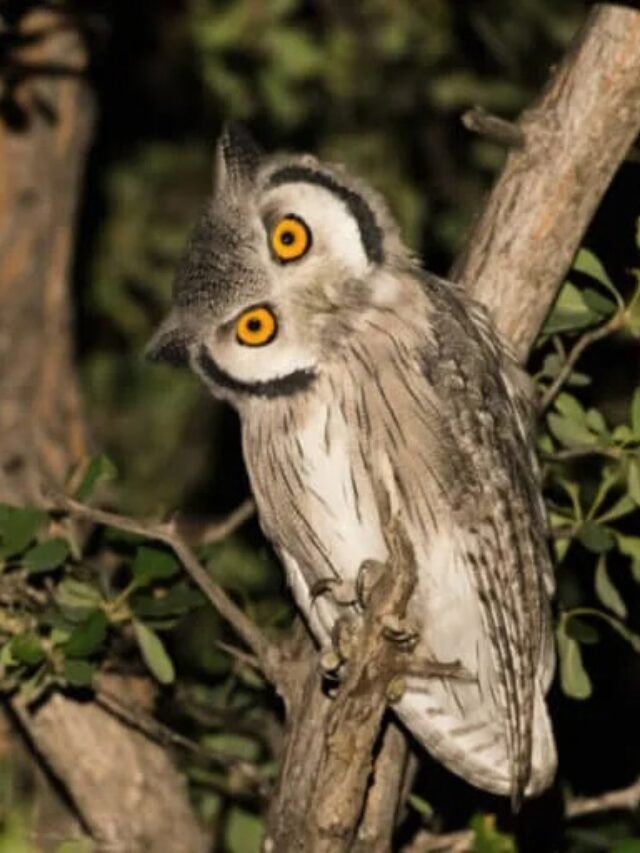

There is even at least one fish- the Antarctic cod-that slows down its metabolism in winter, becoming 20 times less active.Īnd, of course, there are lots of mammals. One bird and a variety of amphibians, reptiles, and insects also exhibit hibernation-like states. ( Read about how groundhogs do this, going into the cycle 12-20 times during hibernation season.) About 80 percent of their energy is spent intermittently waking and warming up. Not only does adenosine ramp up in winter in ground squirrels, the receptors for the molecule become more sensitive to it.īut species don’t stay in their cold, comatose state for the duration of their dormant period. The Arctic ground squirrels ( Spermophilus parryii) Drew works on can take this much further, supercooling to subfreezing temperatures.ĭrew’s research has shown that cooling is likely regulated by levels of adenosine in the brain. To slow their metabolism, animals cool their bodies by 5 to 10 ☌ (9 to 18 ☏) on average. What actually happens when animals hibernate? His work has shown that small mammals are five times more likely to die each month when active than when hibernating. When hibernating, “you don’t smell you don't make any noise you don't make any movements so you are very hard to detect for predator,” says Thomas Ruf, a professor of animal physiology at the University of Veterinary Medicine in Vienna. Recent studies have even suggested a third reason: protection.

For example, echidnas in Australia will hibernate after fires, waiting until food resources rebound to resume normal activities. “Some species hibernate in response to food shortages,” notes Drew. There are tropical hibernators that may do so to beat the heat. While hibernation is most often seen as a seasonal behavior, it’s not exclusive to cold-weather critters. ( Read more about how certain animals cope with cold.) Put simply: “Hibernation is a means of energy conservation,” says Kelly Drew, a neuropharmacologist at the University of Alaska Fairbanks who studies the brain chemistry of hibernating Arctic ground squirrels. In fact, Blanco’s research has found that hibernators have to undergo periodic arousals so they can catch some Zs! Why do animals hibernate? This is very different from sleep, which is gentle resting state where unconscious functions are still performed. Their brain activity “becomes undetectable.” ( See also: World’s Tiniest Animals.) And instead of breathing about every second, they can go up to 10 minutes without taking a breath. “Most of the physiological functions are extremely slowed down or completely halted,” says Marina Blanco, a postdoctoral associate at the Duke Lemur Center in Durham, North Carolina, who studies the dwarf lemurs ( Cheirogaleus spp.) of Madagascar-the only primates that hibernate on a regular schedule.įor example, when dwarf lemurs hibernate, they reduce their heart rates from over 300 beats per minute to fewer than six, says Blanco. Hibernation is an extended form of torpor, a state where metabolism is depressed to less than five percent of normal. What is hibernation?ĭespite what you may have heard, species that hibernate don’t “sleep” during the winter. Read on for more behind the science of hibernation. For people who aren't fans of winter, animals that hibernate seem to have the right idea: It's the equivalent of burying your head under the covers until spring comes-isn't it? Not quite.


 0 kommentar(er)
0 kommentar(er)
